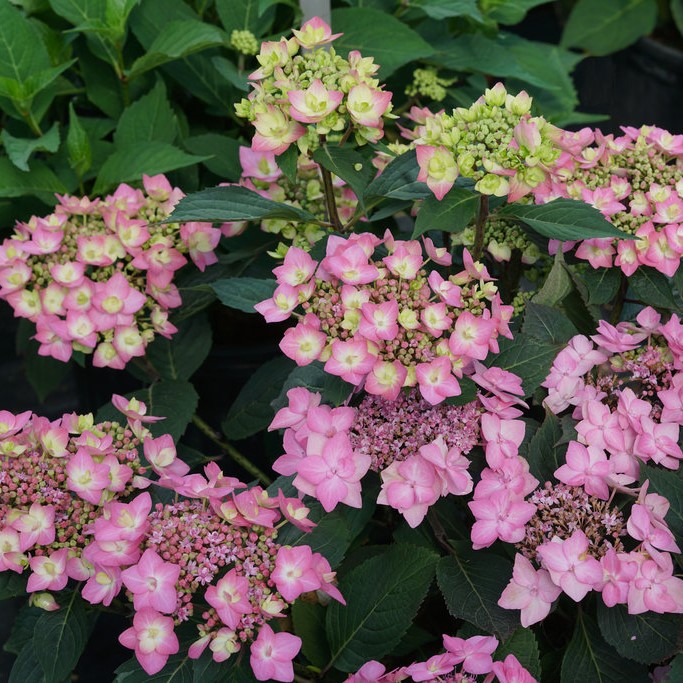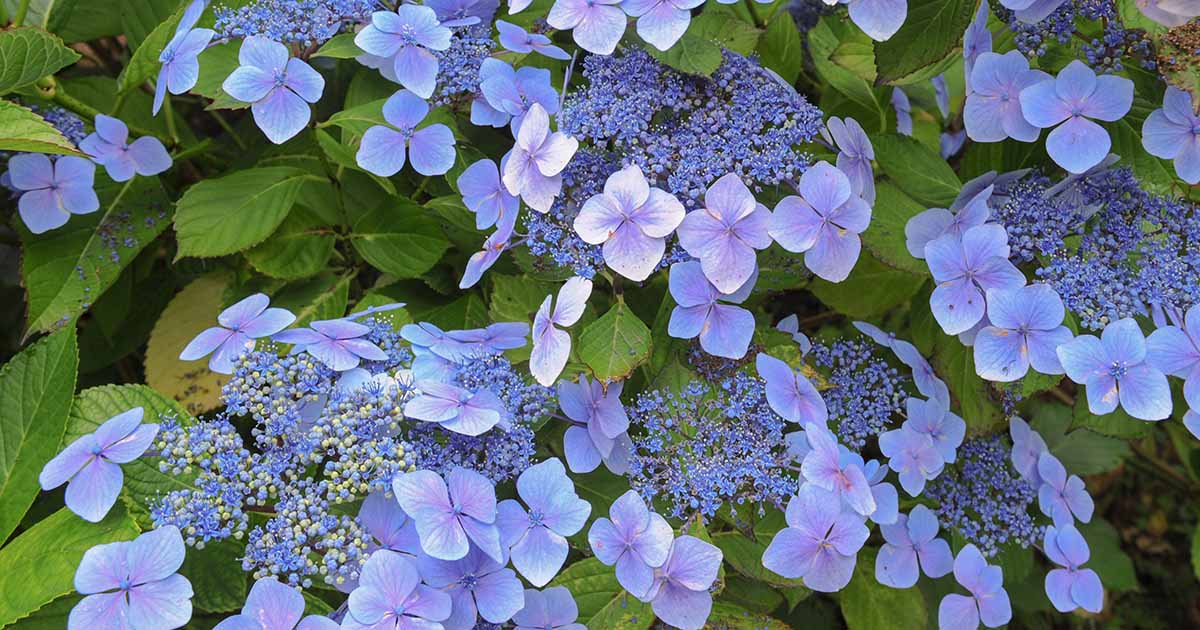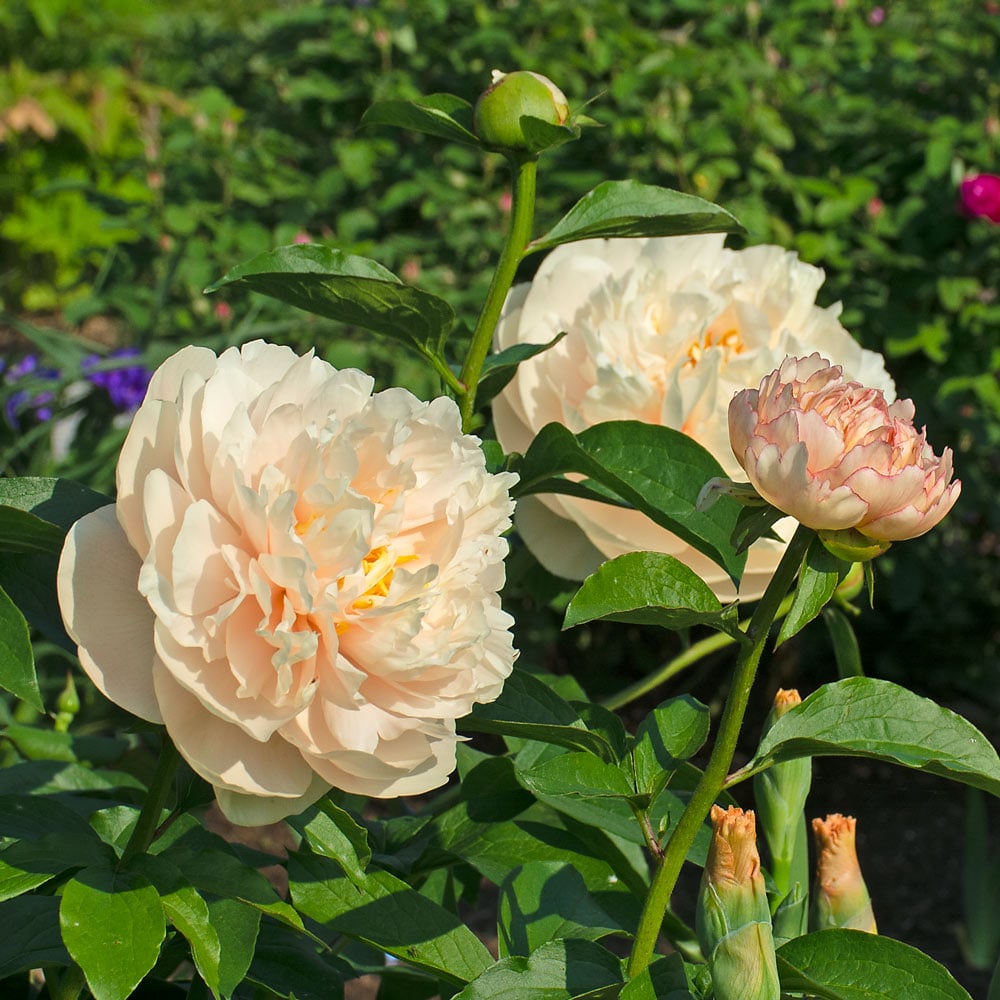Lacecap Hydrangeas: The Ultimate Guide To Growing And Caring For These Gorgeous Blooms
Lacecap Hydrangeas: The Ultimate Guide to Growing and Caring for These Gorgeous Blooms
Lacecap hydrangeas (Hydrangea macrophylla) are a type of hydrangea that is known for their delicate, lacy blooms. They are a popular choice for gardens because they are relatively easy to care for and can be grown in a variety of climates.
In this blog post, we will discuss everything you need to know about growing and caring for lacecap hydrangeas. We will cover topics such as:
- Choosing the right location
- Planting and transplanting
- Watering and fertilizing
- Pruning
- Pests and diseases
- Overwintering
We will also provide some tips on how to get the most beautiful blooms from your lacecap hydrangeas.
Choosing the right location
Lacecap hydrangeas prefer a location that receives morning sun and afternoon shade. They can tolerate full sun, but they will need more frequent watering in hot, sunny climates.
The soil should be well-drained and slightly acidic. If your soil is alkaline, you can add peat moss or sulfur to acidify it.
Planting and transplanting
Lacecap hydrangeas can be planted in the spring or fall. When planting, dig a hole that is twice as wide and as deep as the root ball. Backfill the hole with soil, being careful not to bury the crown of the plant. Water the plant well after planting.
If you are transplanting a lacecap hydrangea, do so in the spring or fall. Dig up the plant with a ball of soil and replant it in a new location. Water the plant well after transplanting.
Watering and fertilizing
Lacecap hydrangeas need regular watering, especially during the first year after planting. Water the plants deeply once a week, or more often if the weather is hot and dry.
Fertilize lacecap hydrangeas in the spring with a balanced fertilizer. You can also use an acidifying fertilizer to help keep the soil pH low.
Pruning
Lacecap hydrangeas should be pruned in the spring, before new growth begins. Prune out any dead, diseased, or damaged branches. You can also thin out the plant by removing some of the older branches.
Pests and diseases
Lacecap hydrangeas are relatively resistant to pests and diseases. However, they can be susceptible to aphids, spider mites, and scale. If you see any pests on your plants, treat them with an insecticidal soap or neem oil.
Overwintering
In cold climates, lacecap hydrangeas may need to be protected from the cold. Mulch the plants with a layer of organic material, such as leaves or pine needles. You may also need to cover the plants with a burlap sack or other protective covering.
Getting the most beautiful blooms
To get the most beautiful blooms from your lacecap hydrangeas, there are a few things you can do:
- Plant in a location that receives morning sun and afternoon shade.
- Water regularly, especially during the first year after planting.
- Fertilize in the spring with a balanced fertilizer.
- Prune in the spring, before new growth begins.
- Protect from pests and diseases.
- Overwinter in cold climates.
With proper care, your lacecap hydrangeas will reward you with beautiful blooms for many years to come.
Have you ever heard of lacecap hydrangeas? These beautiful flowers are known for their delicate, cascading blooms that look like lace. They come in a variety of colors, including white, pink, blue, and purple. Lacecap hydrangeas are a popular choice for gardens because they are relatively easy to care for and they bloom for a long period of time.
If you are interested in learning more about lacecap hydrangeas, I recommend visiting the website . This website has a wealth of information about lacecap hydrangeas, including growing tips, care instructions, and a variety of photos. You can also find a list of nurseries that sell lacecap hydrangeas.
FAQ of lacecap
- What is a lacecap?
A lacecap is a type of perennial flowering plant that is known for its delicate, lacy flowers. Lacecaps are typically found in woodland gardens, and they come in a variety of colors, including white, pink, blue, and purple.
- How do I care for a lacecap?
Lacecaps are relatively easy to care for. They prefer full to partial shade, and they need well-drained soil. Lacecaps should be watered regularly, but they should not be overwatered. They should also be fertilized once a year in the spring.
- What are some common problems with lacecaps?
The most common problems with lacecaps are powdery mildew and aphids. Powdery mildew can be treated with a fungicide, and aphids can be controlled with insecticidal soap or neem oil.
- How do I propagate a lacecap?
Lacecaps can be propagated by division or by seed. Division is the most common method, and it is best done in the spring or fall. To divide a lacecap, simply dig up the plant and carefully separate the roots into two or more clumps. Replant the clumps in well-drained soil.
- Where can I buy lacecaps?
Lacecaps are available at most garden centers. You can also buy them online from a variety of retailers.
Image of lacecap
5 different images of "lacecap" from Pinterest:
- An image of a white lacecap hydrangea. It is a large, round flower with lacy petals.

- An image of a pink lacecap hydrangea. It is a smaller flower with more delicate petals.

- An image of a blue lacecap hydrangea. It is a vibrant blue flower with a slightly darker center.
- An image of a lacecap peony. It is a large, pink flower with ruffled petals.
- An image of a lacecap lily. It is a white flower with a delicate fragrance.


Post a Comment for "Lacecap Hydrangeas: The Ultimate Guide To Growing And Caring For These Gorgeous Blooms"